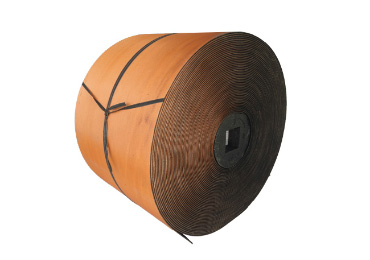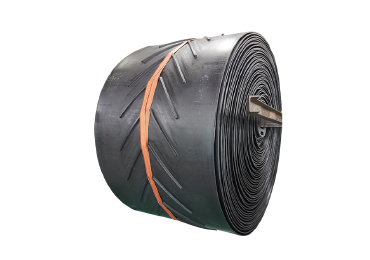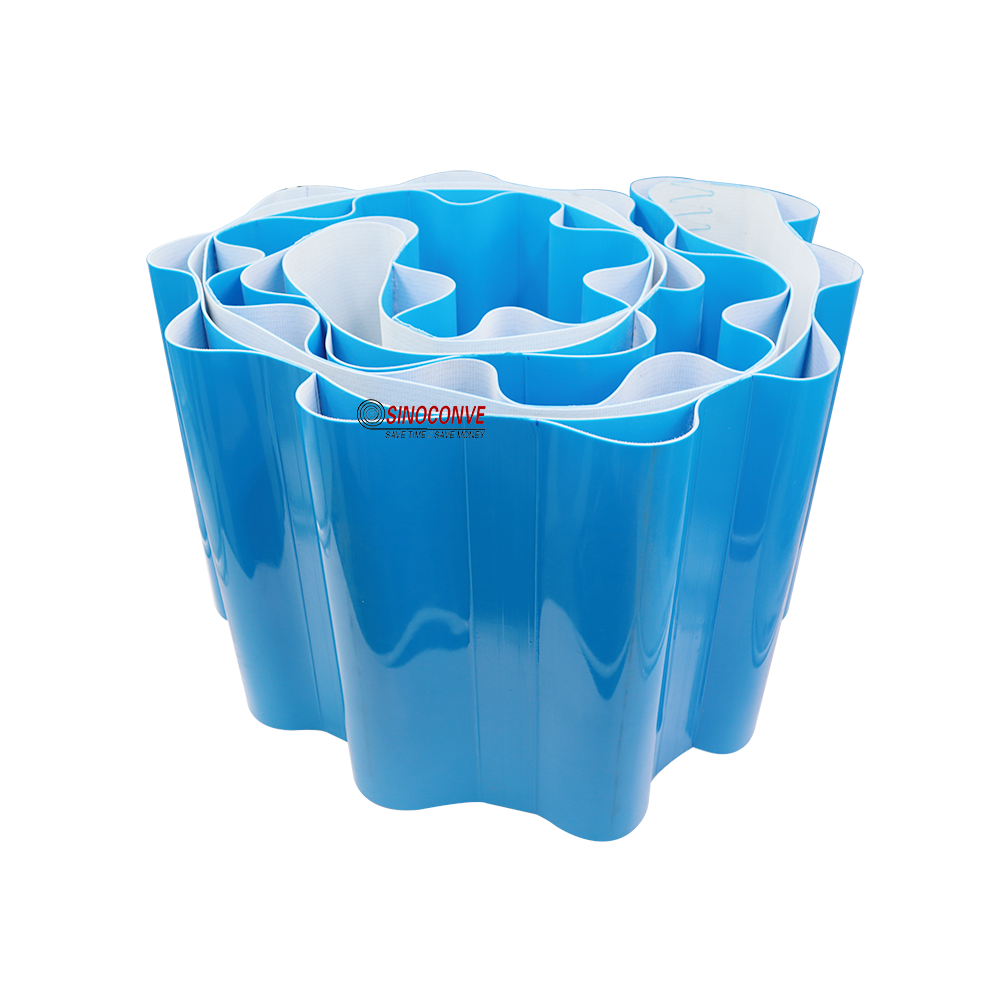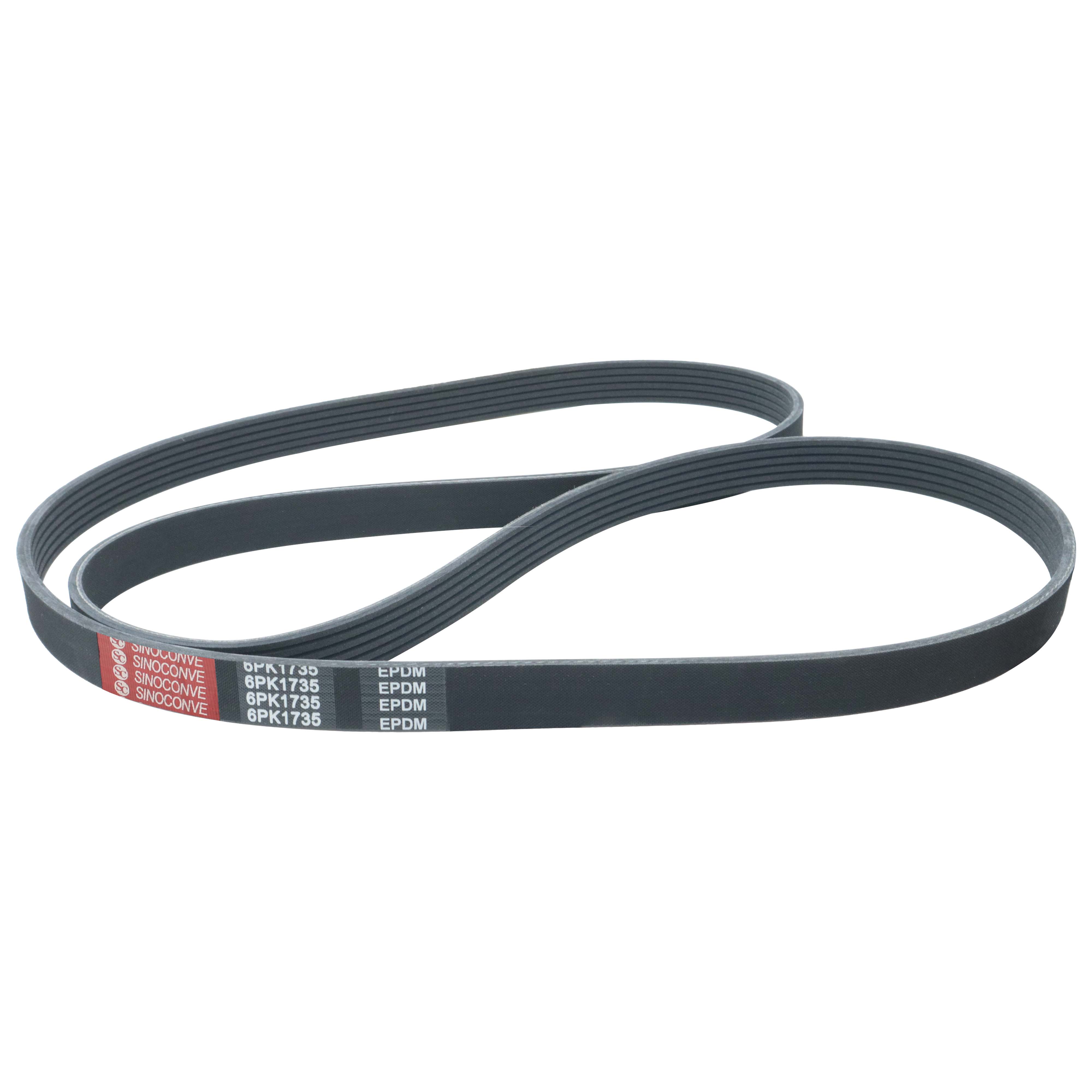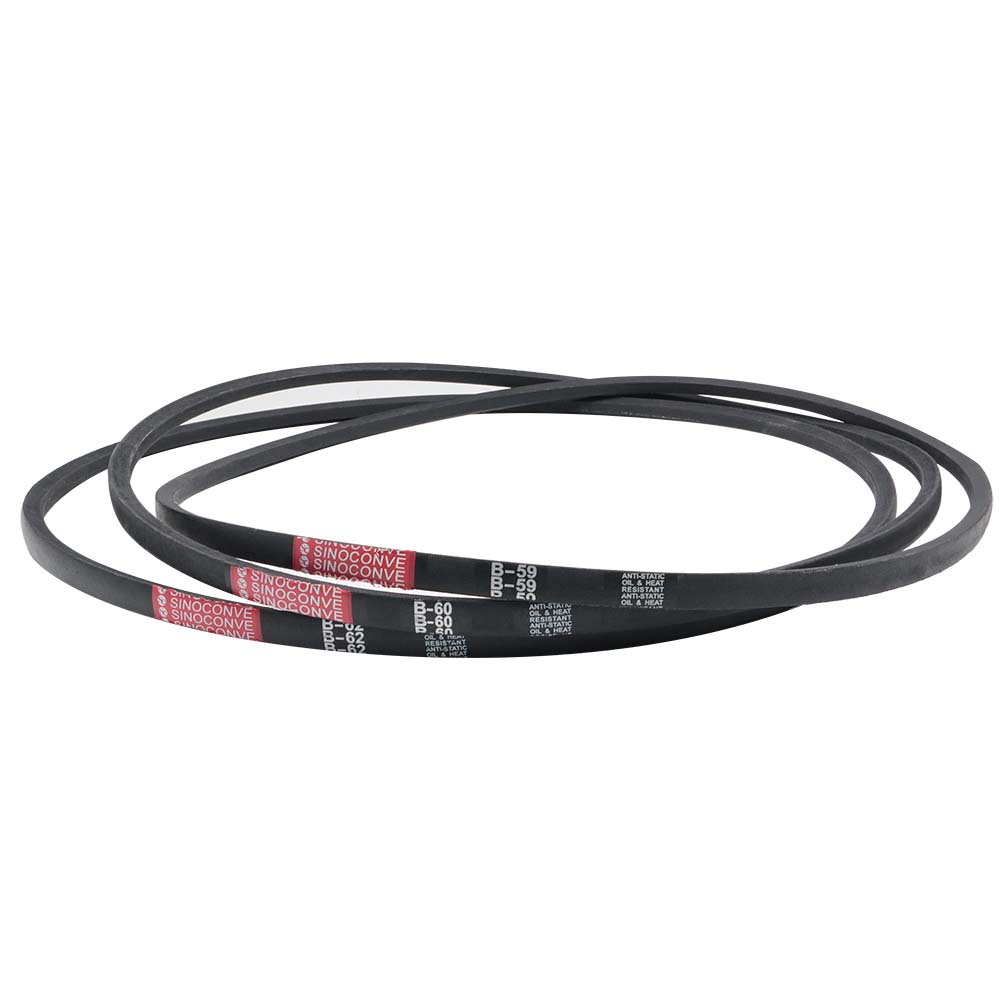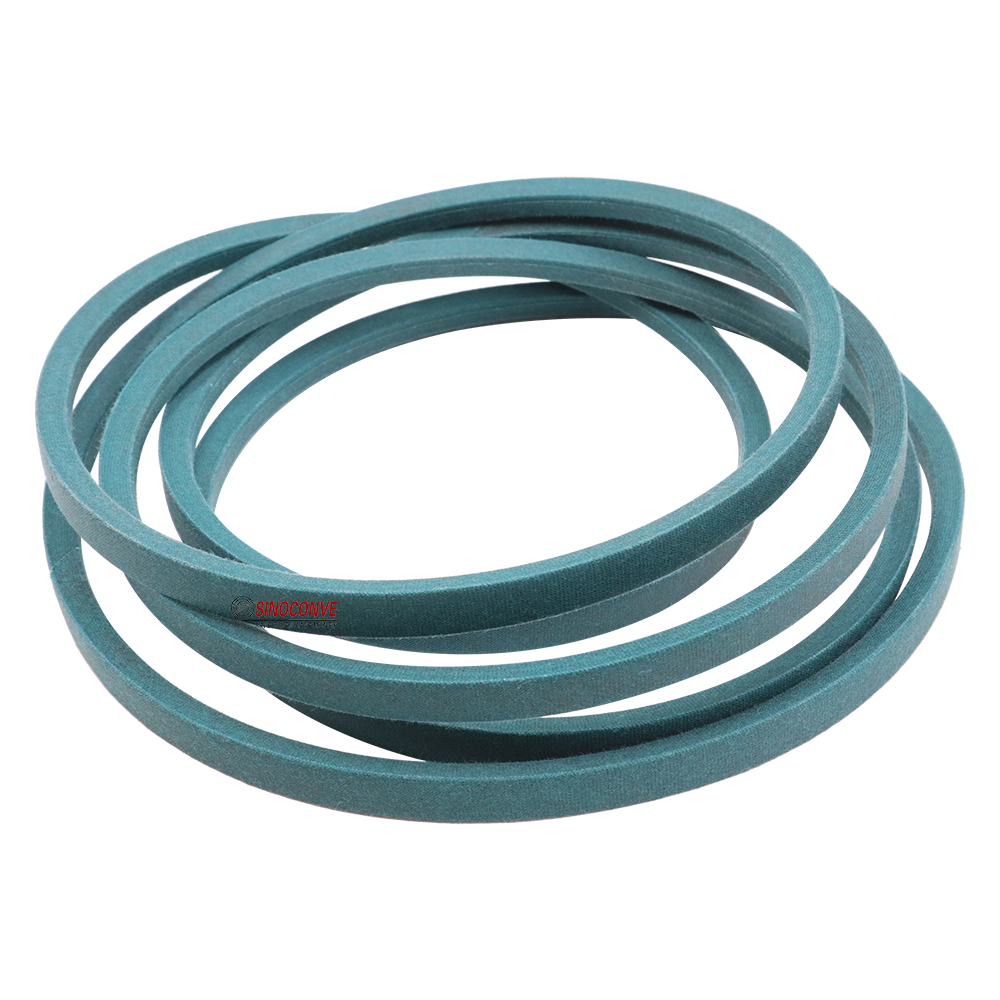In modern industries, from mining aggregates to processing food products, the efficient movement of materials is paramount. Traditional conveying systems often face limitations, especially when it comes to transporting materials at steep angles, leading to spillage, wasted space, and decreased productivity. The solution to these challenges lies in an innovative piece of technology: the sidewall conveyor belt. This advanced system is engineered to handle materials with unparalleled efficiency and safety, transforming how businesses approach bulk material transport.
1. Maximize Your Footprint with Steep Angle Conveying
One of the most significant advantages of a sidewall conveyor system is its ability to transport materials at extremely steep angles, even up to a vertical 90 degrees. This is made possible by the corrugated sidewalls and transverse cleats that are vulcanized to the base belt. Unlike a standard rubber conveyor belt which is limited to gentle inclines, this design securely contains the material, preventing it from sliding back or spilling. For facilities with limited floor space, this feature is revolutionary. It allows for a much more compact system layout, freeing up valuable real estate for other critical operations and reducing the overall footprint of the material handling process.
2. Eliminate Product Loss and Enhance Workplace Safety
Material spillage is a costly problem that affects both profitability and safety. The continuous, flexible walls of a sidewall rubber conveyor belt create a sealed pocket, effectively eliminating material loss during transport. This is particularly crucial when handling fine powders, granular products, or high-value materials. By preventing spillage, you not only save money on lost product but also drastically reduce the time and labor required for cleanup. Furthermore, a cleaner workspace is a safer workspace, minimizing slip-and-fall hazards and creating a more secure environment for all personnel.
3. Achieve Unmatched Durability and Longevity
These conveyor systems are built to withstand the toughest industrial environments. Constructed from high-quality, wear-resistant rubber compounds, the belts offer superior resistance to abrasion, impact, and tearing. A high-quality sidewall conveyor belt is designed for longevity, ensuring a long service life even under continuous, heavy-duty use. The robust construction means less frequent replacements and repairs, translating directly into lower maintenance costs and reduced operational downtime. This durability ensures a reliable flow of materials, which is critical for maintaining production schedules and overall plant efficiency.
4. Boost Throughput and Operational Efficiency
The unique combination of sidewalls and cleats allows for higher conveying speeds and greater capacity compared to conventional systems. The cleats provide positive support for the material, ensuring a smooth and rapid transfer up steep inclines without any loss of momentum or volume. This enhanced transport capability means you can move more material in less time, significantly boosting your operation's overall throughput. This efficiency gain streamlines the entire production chain, from raw material intake to final product output, making your business more competitive.
5. Lower Maintenance and Operating Costs
A sidewall rubber conveyor belt often provides a more economical solution than alternatives like bucket elevators or skip hoists, which involve more complex mechanical components. The simpler design of a sidewall belt system results in fewer moving parts, which means less maintenance, fewer potential points of failure, and lower energy consumption. Additionally, these systems are engineered for quieter operation, helping to reduce noise pollution in the workplace. The combination of reduced material waste, lower maintenance requirements, and improved energy efficiency makes this technology a cost-effective investment with a strong return over its lifespan.

